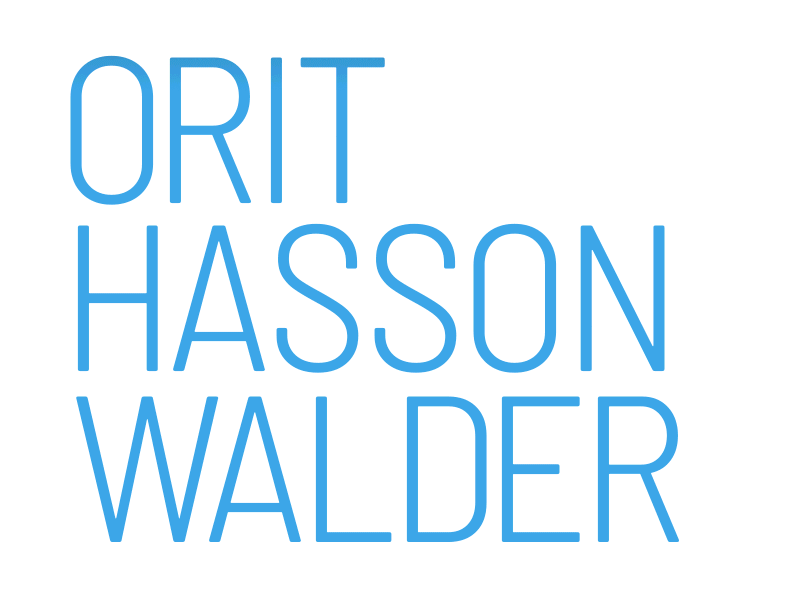curator | Orit Mor
A Tale of Love for Darkness // Orit Hasson Walder
Gilad Meltzer
The darkroom has accompanied photography from its very outset. Despite significant changes in the machinery and tools used in the production of a finished photograph – the cameras themselves, the ancillary equipment, the printing surfaces (glass, various types of paper) and the chemicals – the fundamental rule of almost complete darkness (expect the iconic, red light bulb) in a functional space that enables the process and serves it, has remained essentially the same since the early darkrooms of the 1840s.
Art is an act of showing, of making present, of bringing to light. If so, how do we see the darkness and that which is occurring in it? From the moment photography appeared, many painters, and artists (especially in film) reacted to the new medium. And yet, almost all of them addressed photography itself: from reproducing, mimicking the photographic affect, pixelating, (Andy Warhol, Gerhard Richter, Chuck Jones) to photorealism; from including photographs in paintings (Robert Rauschenberg, Raffi Lavie) to their “sculptural” use in installations (Christian Boltanski). In the photography series comprising the exhibition Archeology of Darkness, Orit Hasson Walder does not focus on photography, and neither on the act of photography, but rather on its “backstage”; the place where the photographic act is transformed into photography – the place where it is born, in truth, in darkness.
The series are in fact multiples. On the one hand, Hasson Walder works with photography-evading techniques – classical painting, etching and projection. On the other, all of the images are undoubtedly based on photographs that lead us, each in its own way, to the mysterious world of the darkroom.
The focus on moments from the occurrences “there” – immersion in developer baths, checking the film with a magnifying glass, images of darkrooms in cinema and online – is done through/beyond the filter of reference to “historic” photographic techniques: cyanotype (development by direct exposure to sun and light), Man Ray-esque solarization, photo-collage, photomontage, and more.
On the deepest and possibly darker level, Hasson Walder does not demand we look at the space (the darkroom), the medium, or the relations between various media (for example, between photography and painting, engraving or projecting), and also not backwards, toward history but rather inwards, at that which we needn’t be taught to fear: the dark; darkness as the ultimate metaphor of depression, fear, evil and death.
Eventually, the expressionist, gothic, terrifying motifs that Hasson Walder uses to “cut” the darkness are an ironic reminder that for many, certainly at times, the mystery of darkness is also an intimate place for those kisses and caresses light forbids. If images, the children of light, are born in dark chambers, it is the cover of darkness we seek for moments of being lovers and beloved.
Translation: Sivan Raveh
